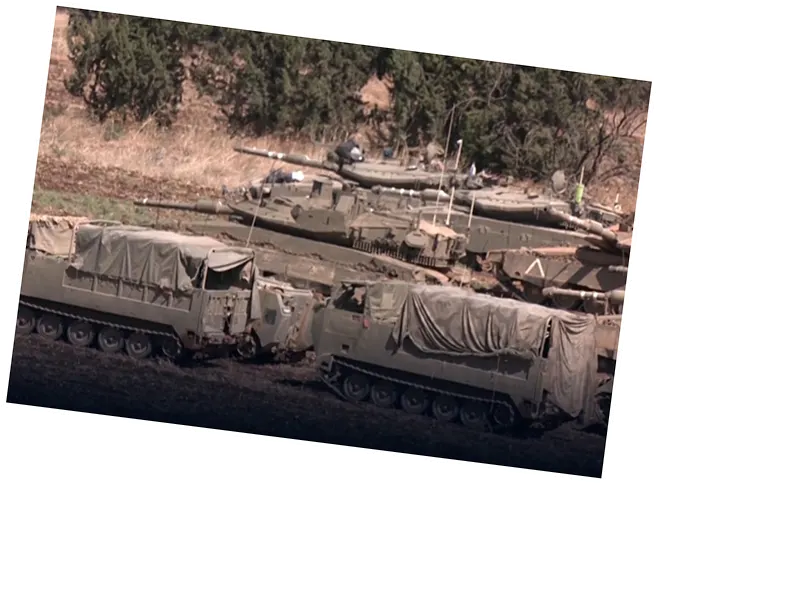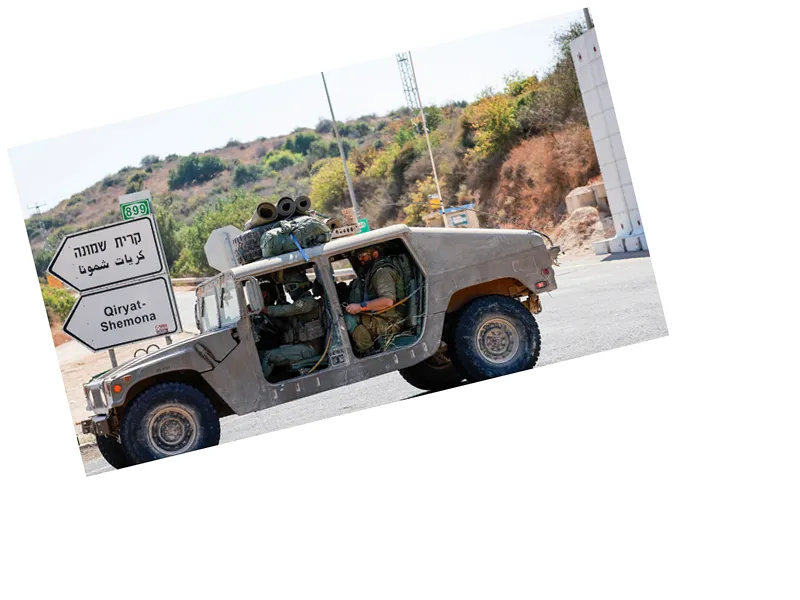Hezbollah's Military and Economic Strategies Target Israel
Military and strategic expert Brigadier General Elias Hanna has highlighted Hezbollah's evolving tactics in its military operations against Israel, which now extend to vital areas deep within Israeli territory, reaching up to 65 kilometers from the Lebanese border. This shift signifies a broader strategy that intertwines military engagement with economic disruption, aiming to paralyze key regions within Israel.
Hanna elaborated on two primary axes of Hezbollah's strategy: a military focus that includes operations targeting the Meron air surveillance base northwest of Safed, and an economic strategy aimed at crippling the Krayot area north of Haifa. This area is particularly significant as it houses over 250,000 settlers, a vital port, a naval base for Israeli submarines, and various industrial complexes. By targeting these locations, Hezbollah aims to replicate the paralysis seen in Kiryat Shmona and the Galilee Finger, effectively disrupting Israel's economic stability.
Targeting Israeli Forces and Military Installations
On the military front, Hezbollah is concentrating its efforts on Israeli troop concentrations, particularly in regions like Avivim and Shemira, which serve as operational bases for incursions into Lebanese territory. The Malkiyeh military site also remains a focal point for Hezbollah's operations, with a strategic emphasis on the western line that stretches from Matula to Malkiyeh, including Kiryat Shmona.
Hanna noted a notable decrease in Israeli ground engagement within Lebanese territory, with observed withdrawals from areas previously penetrated. In contrast, Hezbollah continues to maintain pressure on Israeli forces along the border, utilizing a mix of missiles and drones. The economic and psychological attrition strategy is underscored by the cost-effectiveness of drones, which range between $5,000 to $10,000, compared to the $40,000 per hour cost of operating Israeli warplanes.
Potential Maritime Operations and Israeli Responses
Hanna also raised concerns about Hezbollah's potential maritime capabilities, suggesting that the group may be preparing to utilize the sea line for strikes against specific targets along the Israeli coast, from Naqoura to Acre and Haifa. The presence of fast boats and land-to-sea weaponry adds another layer of threat to Israel's coastal defenses.
In response, the Israeli military is focusing on securing the border area while limiting operations to a depth of four kilometers from the border. By conducting bombings within Lebanese territory, Israel aims to increase operational costs for Hezbollah and disrupt its military infrastructure. This ongoing conflict reflects a complex interplay of military and economic strategies, with both sides adapting to the evolving battlefield dynamics.





